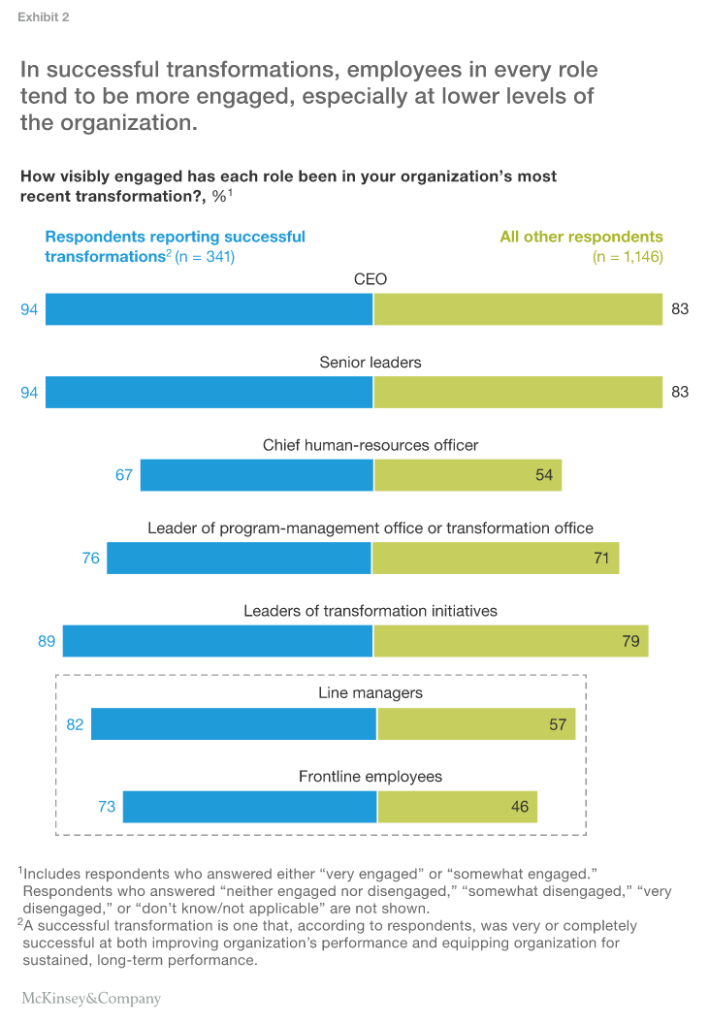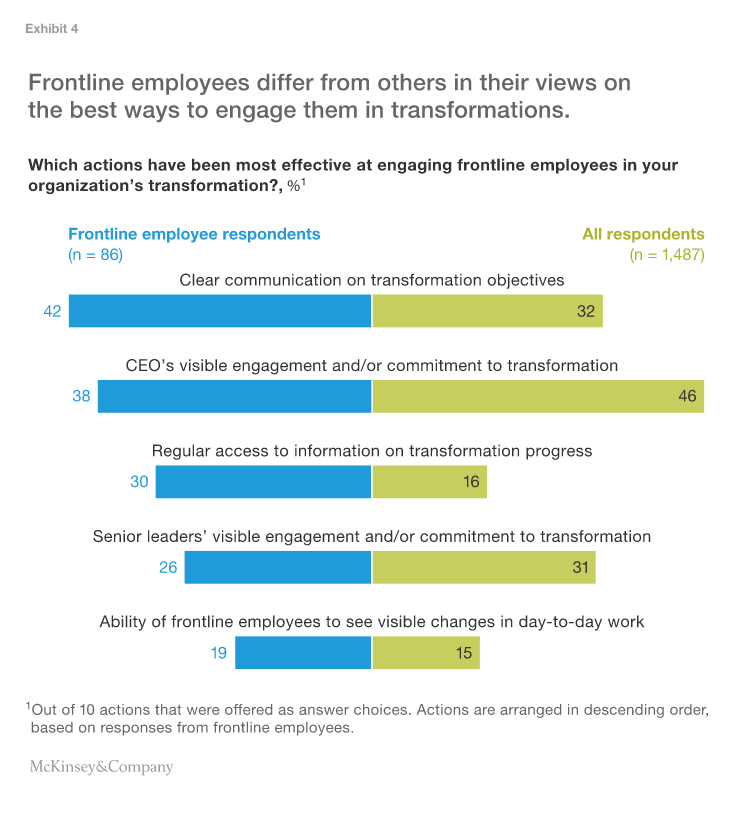Very interesting thoughts on the different aspects of productivity at the workplace:
In short, while we have long championed tools to improve enterprise productivity, the greatest gains may be in re-working the physical, not technological, architecture.
Source: Why the workplace doesn’t work | Intranetizen
It is not only about technology, it is about the physical workplace, too.
The same study [DEGW consulting (now Aecom)] suggested that there were very few differences in such distractions across office designs of varying degrees of ‘openness’ with the exception of mobile (or home) offices which incurred the fewest lost productive minutes. Working from home wins on that count it seems. …
Source: Why the workplace doesn’t work | Intranetizen
So, people are beng distracted in offices, loose time and are less productive and are looking for places to be productive:
„Home, travel, coffee shops, somewhere quiet.“
Source: Why the workplace doesn’t work | Intranetizen
I believe it is a bit to easy. While distraction is a challenge in the Office, it is not going away automatically in the Home Office. Distraction is not only being generated in the office. Phone, chat, email, family, my cats maybe distracting me in my home office, too. It is about a mixture of personal behaviour or discipline and physical workspace.
Why do companies rent spaces at locations like Design Offices? Because these places provide the environment for co-creation, innovation and project work. The provide workbays as quiet zones or as place for 1:1’s, co-working spaces with white boards for creative sessions, the well known coffee kitchen or water cooler and modern workspaces taking into consideration, flexible to stand or sit.
Technology is the enabler but it’s still people who lead the work in most offices. To make a workplace really work, there needs to be a holistic appreciation of people, places and platforms and the interchange between them. We need to be more ambitious for digital workplace technologies and help employees be more productive wherever they choose their workplace to be — bed, coffee shop or office.
Source: Why the workplace doesn’t work | Intranetizen
Keep in mind, how important collaboration is for innovation. So we need to provide the right spaces, online with tools for communication and collaboration and the physical workspaces, to booster productivity and innovation. And even this is by far not enough. It is more than People, Places and Platforms. Let us add leadership and culture. Old command and control structures are the natural enimies of digital transformation and an agile, responsive organisation. Without leaders willing to break down silos and hierarchies change is not going to happen.
And another aspect is very often forgotten: Adoption and training. Your people are not going to accept and drive digital transformation, if you don’t convince, train and re-train them. And this is a continous journey, not a one-off effort. You need to train people on the methods and the tools. Tool training may even be the easier part of it. Explain your people how to use your Enterprise Social Networking-tool, your „WhatsApp for the Enterprise“ or your file sharing software and where the benefits for the individual in his or her work are. Beyond technology and tools we may add concepts like agile, Scrum, working out loud. If you want these methods to be successful. And this is the easier part …
The more difficult part is to convince your people on the why … A majority of workers are still holding backing information, to protect their job or for whatever reason. How do you get your people back into the boat, not working against change? How do you motivate them again? The numbers from Gallup are disillisioning. And still a lot of managers and don’t care …
The Digital Workplace driving the digital transformation is very likely not a quick win: It is about People, Places, Platform, Culture and Adoption.
Einsortiert unter:
English Tagged:
Change Management,
Digital Transformation,
featured,
Innovation,
Workplace-of-the-Future 










 Ein zweiter einfacher Tipp: Eine andere oder andere Suchmaschinen verwenden. Die Google-Suche kann zwar – wie im Artikel erläutert – eingestellt werden, aber mit
Ein zweiter einfacher Tipp: Eine andere oder andere Suchmaschinen verwenden. Die Google-Suche kann zwar – wie im Artikel erläutert – eingestellt werden, aber mit 
